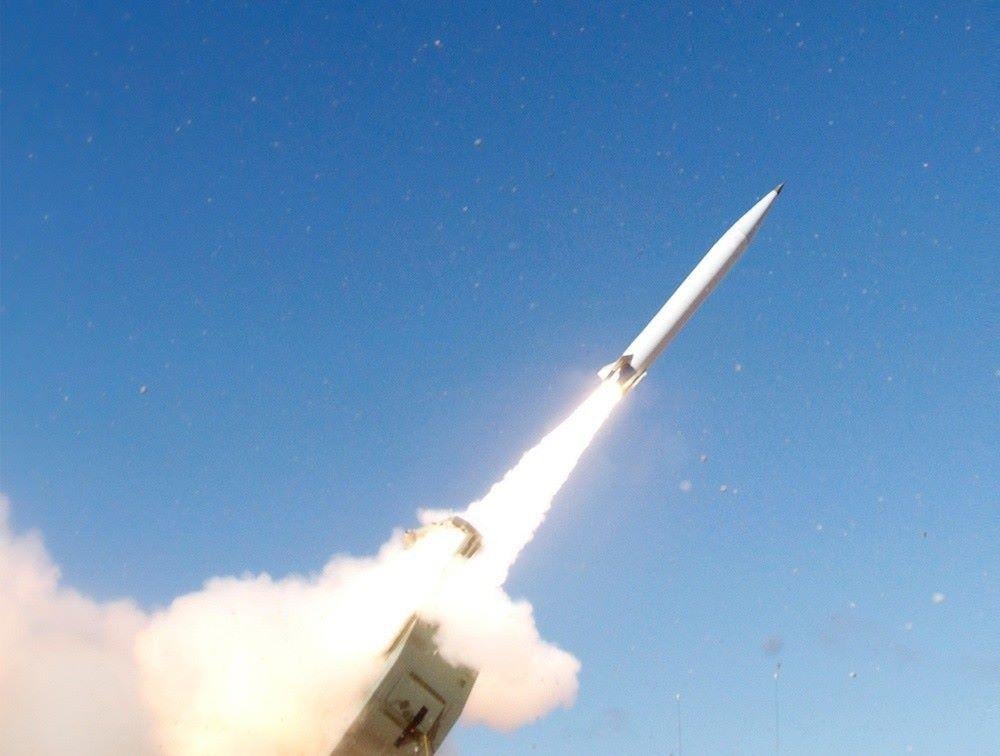
A U.S. Army Precision Strike Missile Increment 1 test in 2023.
HUNTSVILLE, Alabama—The U.S. Army wants a smart submunition for a future increment of its Precision Strike Missile as it also prioritizes a longer-range version.
The Army has four planned increments for the long-range missile, looking for an ultimate range of more than 1,000 km (621 mi.). The third increment will be a “Sensor Fuzed Weapon,” using a term from the Air Force’s air-launched cluster bomb that locates targets in flight before launching a submunition.
“So PrSM Inc. 3, you may have also heard it called a sensor-fuzed weapon,” says Maj. Gen. Frank Lozano, the Army’s program executive officer for Missiles and Space. “We’re looking for a very reliable submunition for the PrSM missile. There’s a couple players in this space right now.
“We’re looking for some type of guided submunition deployed from the PrSM form factor and then can seek out targets—tanks, light-skinned vehicles, air defense systems and then target that and destroy it,” he says.
It is not yet clear what companies Lozano referred to. Textron Defense makes the Air Force’s CBU-97 Sensor Fuzed Weapon, which when paired with the Wind Corrected Munitions Dispenser makes the CBU-105. The munition includes a dispenser with 10 submunitions, outfitted with sensor-fused projectiles that seek out targets.
The CBU-97 is only armed when it identifies a target that matches a threat from a stored library, a step to avoid moral issues regarding collateral damage from prior cluster bombs. The Army’s Guided Multiple Launch Rocket System replaced prior cluster-bomb rounds with the Alternate Warhead XM30E1, which used preformed tungsten fragments to avoid unexploded ordnance from the previous weapon.
The Army wants to transition PrSM Inc. 3 from initial science and technology work to research, development, test and evaluation in 2029 ahead of fielding in 2036-2037, Lozano said in an update at the Space and Missile Defense Symposium here.
Ahead of that fielding, the Army is prioritizing PrSM Inc. 4 which focuses on longer-range. This missile, in development with the U.S. Army’s Combat Capabilities Development Command Aviation & Missile Center, will use a solid rocket motor booster with a liquid fueled ramjet engine to get to about 1,000 km of range, Lozano says. The Army hopes to transition this increment in 2027 to RDT&E ahead of fielding in 2032-2033. Lockheed Martin and a team of Raytheon and Northrop Grumman have received contracts for development.
Lockheed Martin is developing the first PrSM increment, which will replace the MGM-140 Army Tactical Missile System. The first delivery of this missile took place in December 2023.
PrSM Inc. 2 will use a multimode seeker focusing on maritime strike, called the Land-Based Anti-Ship Missile. The Army issued a solicitation for this increment in May 2024.

Comments